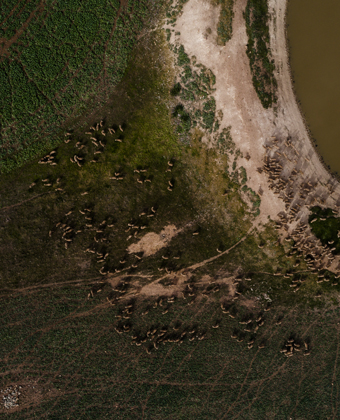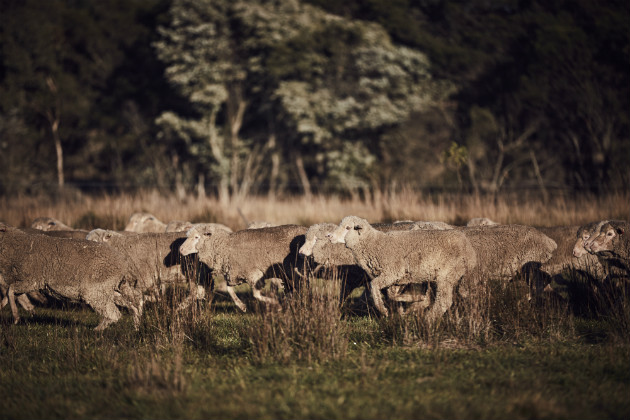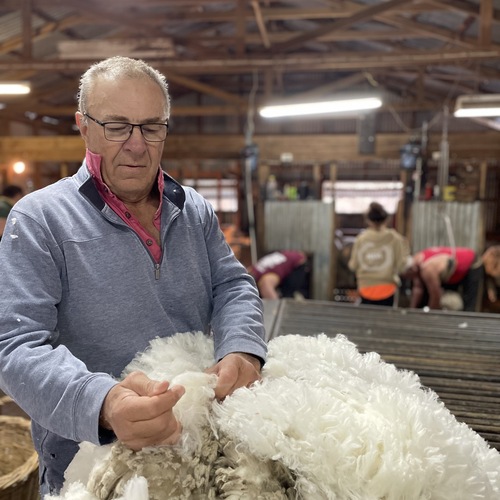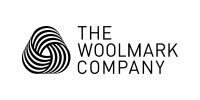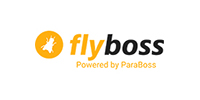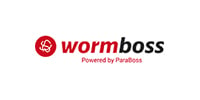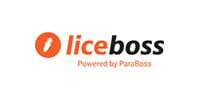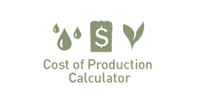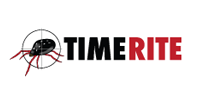AWI working for woolgrowers

AWI CEO John Roberts provides readers with an overview of how AWI is undertaking R&D and marketing to address some of the key issues faced by Australian woolgrowers.
As the R&D and marketing organisation for the Australian wool industry, we proudly work for all Australian woolgrowers. One way that we drive extra value is by collaborating with other organisations. Whether it is MLA on Making More From Sheep and ParaBoss, receiving Commonwealth grants to do vital research, or working with researchers on the full carbon cycle, methane mitigation, wool harvesting innovations and better flystrike solutions. We know we can’t do it alone and pooling resources is often the best way to successfully deliver programs.
AWI’s role in flystrike management
When it comes to flystrike, AWI provides tools, options and market information to woolgrowers so they can make up their own mind as to how best to manage flystrike on their property. It's not up to AWI to tell any grower what they should or shouldn't be doing; we will support growers’ right to make up their own mind.
AWI’s Flystrike Extension Program is available to woolgrowers across Australia to improve the lifetime welfare of their sheep, reduce their reliance on mulesing and chemical use, and increase whole farm profitability. While selecting sheep that are less susceptible to flystrike is a key long-term approach to reducing flystrike risk, refer to this article in this edition of Beyond the Bale for options on what you can do to prevent flystrike as we head into flystrike season.
On the R&D front, AWI is currently investing in a range of biological control methods for targeting the Australian sheep blowfly. These projects include (1) the release of millions of sterile male blowflies on Kangaroo Island in South Australia to see whether they will suppress the blowfly reproduction rate and population, (2) the use of nanotechnology to develop a tea tree oil biopesticide, (3) the development of a more effective and potent way of trapping sheep blowflies, and (4) research to identify genes and proteins that could be used in the development of future blowfly control strategies.
Market signals between woolgrowers and buyers
As AWI does every six months, we include in Beyond the Bale the latest National Wool Declaration (NWD) declaration rates and the average premiums woolgrowers have received through the auction system for declaring their wool as Non Mulesed (NM), Ceased Mulesed (CM), or Mulesed with Analgesic &/or Anaesthetic (AA) – see this article. Woolgrowers who sign up to certification schemes generally receive an even higher premium. For further advice on achieving premiums for your wool, contact your wool broker.
Once a woolgrower has completed the NWD, the contents are converted for inclusion in sale catalogues and test certificates, thereby enabling woolgrowers to communicate directly with prospective buyers, processors and retailers; and them send key wool market messages back to woolgrowers. To attract the highest price for their wool, all woolgrowers, regardless of their mulesing status and wool type, should ensure their wool is accompanied by an NWD. Failure to complete an NWD has usually resulted in the wool being discounted. Declaration rates continue to rise; 76.8% of Australian wool was declared on the NWD during 2024–25.
We are also reinforcing the industry's dedication to transparency through the Australian Wool Traceability Hub. It provides a digital platform to track the journey of wool from farm to first stage processor, ensuring a chain of custody and provenance. The Hub will serve as a testament to our collective efforts to maintain the integrity, trust and value that Australian wool is known for worldwide. An Australian wool industry-owned and -led initiative, the Hub is available to woolgrowers as well as wool sellers and buyers.
Restocking following better seasonal conditions
Significant areas of the country have been affected for some time by extreme weather conditions. However, there has recently been some better seasonal conditions across many wool-growing regions of Australia, and the Bureau of Meteorology forecasts above median rainfall across most of the eastern half of Australia for the three month period September to December.
As we go into this spring, many woolgrowers will be considering restocking which is good news. However, if you’re considering bringing stock onto your property remember that it requires appropriate preparation and careful management to ensure the new arrivals don’t result in stock and financial losses. See this article for more information.
AWI’s new Strategic Plan 2025–28
AWI has published its new Strategic Plan covering the three financial years that began on 1 July 2025. The Plan was developed in consultation with woolgrowers and wool industry bodies and reflects the key R&D and marketing priorities that they have told us are important to them. Further details about AWI’s planned investments during the current financial year are contained in AWI’s 2025–26 Annual Operating Plan. See this article for more information.
AWI Annual General Meeting
The AWI 2025 AGM will be held on Friday, 14 November in Sydney. This year is a director election year. Only AWI shareholders can vote at the AGM. Formal notice and meeting papers will be sent to AWI shareholders in October. AWI shareholders who are unable to attend the AGM in person will be able to view the AGM proceedings via webcast. See https://www.wool.com/agm for details.
This article appeared in the Spring 2025 edition of AWI’s Beyond the Bale magazine that was published in September 2025. Reproduction of the article is encouraged.






